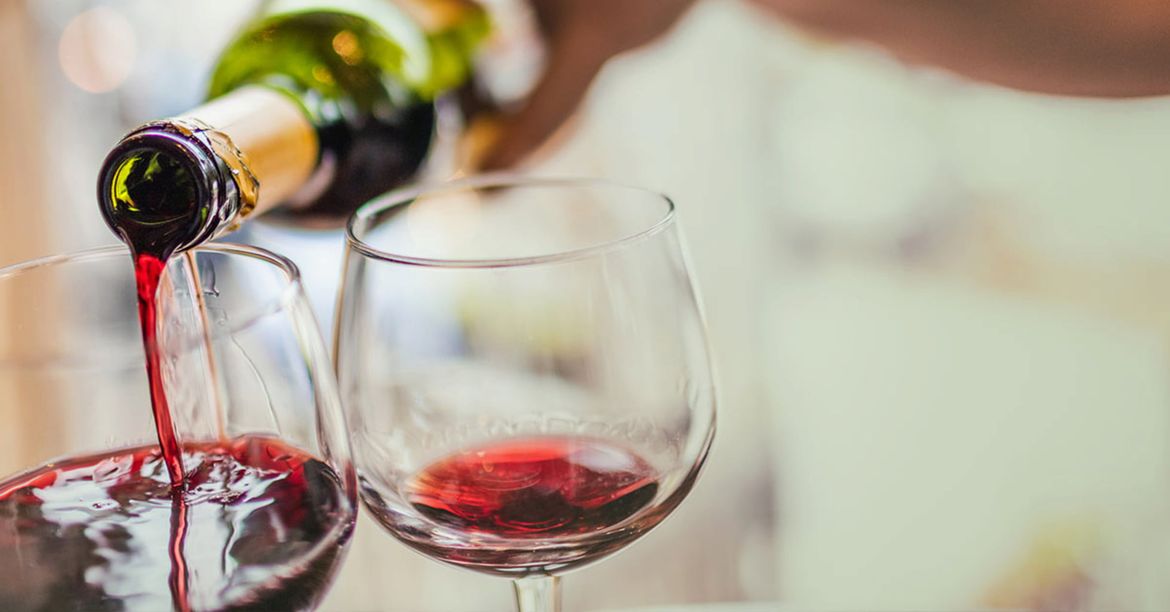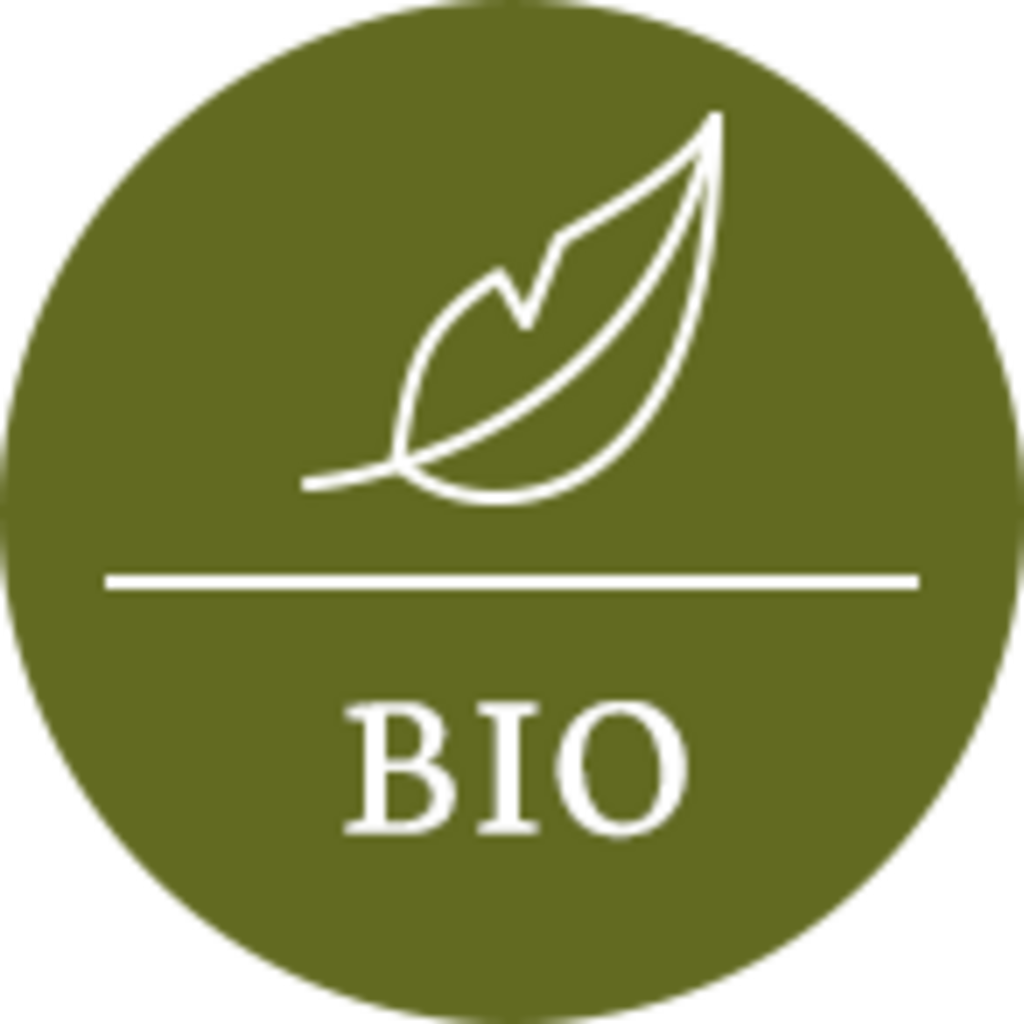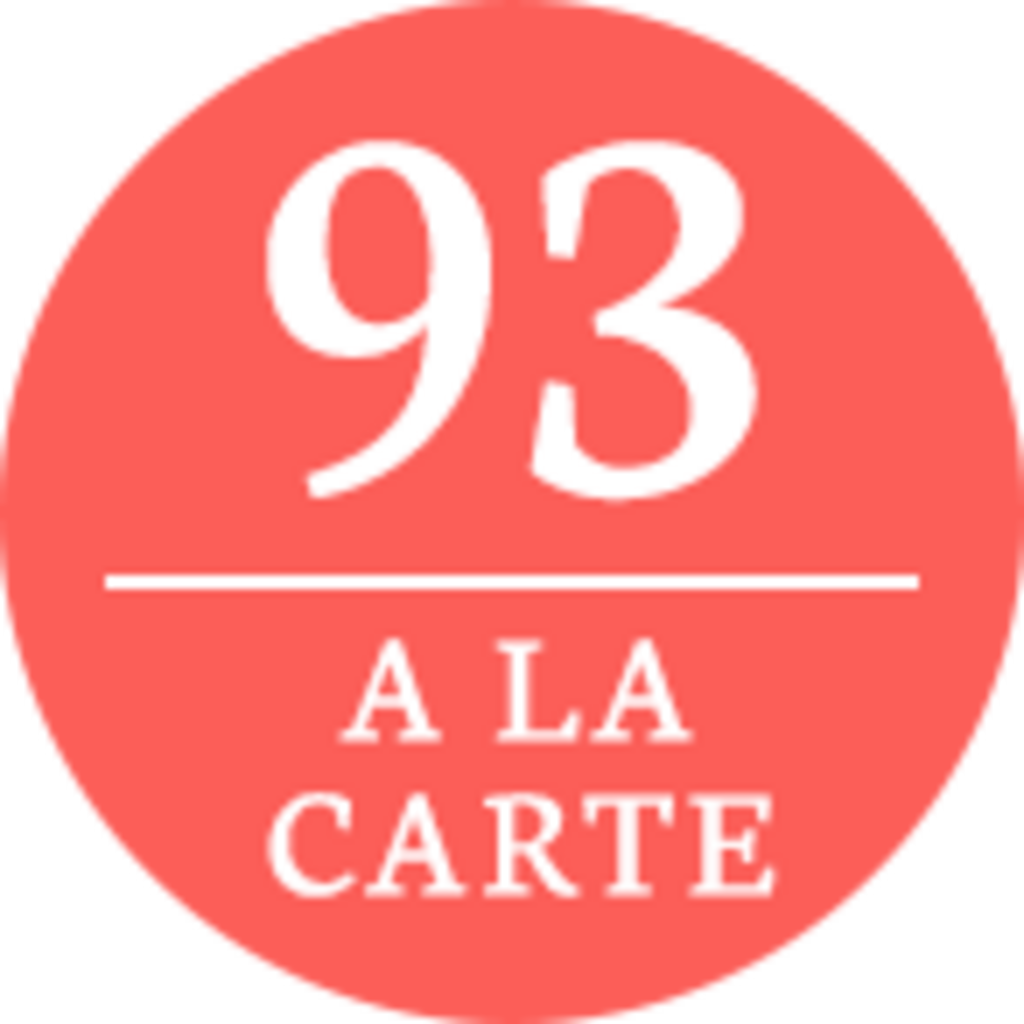Cuvée - Many Wines Make A Perfect Whole
What actually is a cuvée?
Cuvée - What is it actually?
The French word cuvée literally means tank or vat. This refers to the contents of a container, namely wine. There are country-specific differences: In Germany, Austria and Switzerland, the term is understood as a synonym for a blend. In France, on the other hand, each separately bottled wine from a winery, as well as a blend of several grapes, is called a cuvée. When it comes to champagne production, the must that comes out of the press first and is of the highest quality is called cuvée.
Cuvée is not just cuvée!
In Europe, the legislature allows 15 percent of another wine to be added without the obligation to declare it. So if Sauvignon Blanc is written on an Austrian or French wine bottle, it may contain a maximum of up to 15% of another grape varietal. This does not apply to so-called protected wines of origin, such as Italian Brunello made from 100% Sangiovese or French Chablis made from Chardonnay. In Germany, cuvées with two varietals are allowed to indicate both grapes on the label. The combination of Chardonnay and Weissburgunder is particularly popular. If a wine contains three or more grape varietals, it is forbidden to list them individually.
Since in France every bottling from a winery can be called a cuvée, the term on the label alone does not provide any information as to whether the contents of the bottle are single-varietal or consist of several types of wine. Sometimes a more detailed description can be found on the back label, but isn't required by law. Most Chiantis from Tuscany are blends, because the proportion of Sangiovese grapes only has to be 70%. They can even contain up to 10% white grapes.
The importance of cuvées
The combination of different grape varietals in a wine makes the winegrower less dependent on weather conditions, because varietals have different demands on sun and soil. They also mature at different times and are susceptible or resistant to certain diseases. So if one grape varietal perishes in a given year due to the weather or an infestation, another will ripen all the better. For this reason, many of the best-known French cuvées come from a weather-beaten region: Bordeaux. Due to the damp and cold weather and night frosts in spring, the cultivation of different grape varietals has a long tradition here. Local characteristics play an essential role in the selection of the grapes. Late-ripening Cabernet Sauvignon thrives particularly well on the heat-storing pebble soils to the left of the Garonne. On cooler clay soils to the right of the Dordogne, on the other hand, Merlot, which ripens earlier, is mainly cultivated.
Single varietal wines
Single-varietal cultivation and bottling is a relatively modern invention as many different grapes grew side by side in vineyards in the Middle Ages. In Austria, most bottled wines are made from a single varietal (e.g. Grüner Veltliner, Riesling, Zweigelt, Blaufränkisch). Of course, there are also many cuvées in which the winegrowers skilfully blend different but harmonious grape varieties. The countries of the New World (USA, Chile, Argentina, New Zealand and Australia) mostly prefer wines from only one grape. The naming of the grape on the label therefore plays a much greater role than in Europe.
What makes a good cuvée?
A good cuvée is not just the sum of its parts, but a harmoniously balanced composition. The compilation takes place only after each individual type of wine has matured. The cellar master takes samples and combines them until he has found the ideal balance between fruit and acidity, aroma and mouthfeel as well as alcohol and tannin content. In France, this process is called assemblage. Many wineries invite colleagues and consultants to this procedure. One of the best-known cuvées is Châteauneuf-du-Pape, which may contain up to 13 grape varietals. So the next time you enjoy a wonderful red wine from one of the most famous wine-growing regions in Europe, remember that a Bordeaux, an Italian Chianti or a Spanish Rioja are almost always cuvées from different types of grape.
Latest reviews
-
 4.4 (5)
4.4 (5)Domäne Wachau Wachauer Edel-Glühwein - white , 0,75 L
Bestseller- Just heat and enjoy
- Natural sugar from grape juice
- With cinnamon, star anise, cardamom and cloves
€ 7,99 (€ 10,65 / L)Delivery by January 08
-
-
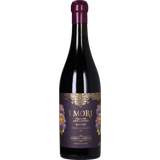 4.0 (2)
4.0 (2)Sibiliana Vini Rosso Leggeremente Appassito IGP 2023, 0,75 L
- 100% Syrah in a limited special edition
- Part of the grapes are dried beforehand
- Matured in barrique barrels
€ 14,99 (€ 19,99 / L)Delivery by January 08
-
-
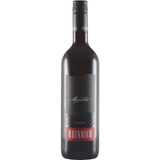 4.5 (2)
4.5 (2)Silvia Heinrich Maestra 2020, 0,75 L
- Red wine cuvee from Blaufränkisch, Merlot, Syrah
- Elegant, silky, almost feminine
- Matured in used wooden barrels
€ 21,99 (€ 29,32 / L)Sold out
-
-
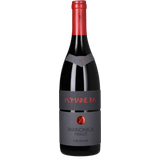 4.4 (31)
4.4 (31)Muster.Gamlitz Merlot Pannonica 2017, 0,75 L
- A strong, well-aged red
- Matured in barriques for 38 months
- The best wine from central Burgenland in Austria
€ 23,99 (€ 31,99 / L)Delivery by January 08
-
Magazine Articles:
Discover 9wines Online:
-
Austria: Free standard delivery from € 49,90
-
We operate in a
climate-conscious manner. -
Free
returns Secure payments
with SSL encryption technology

